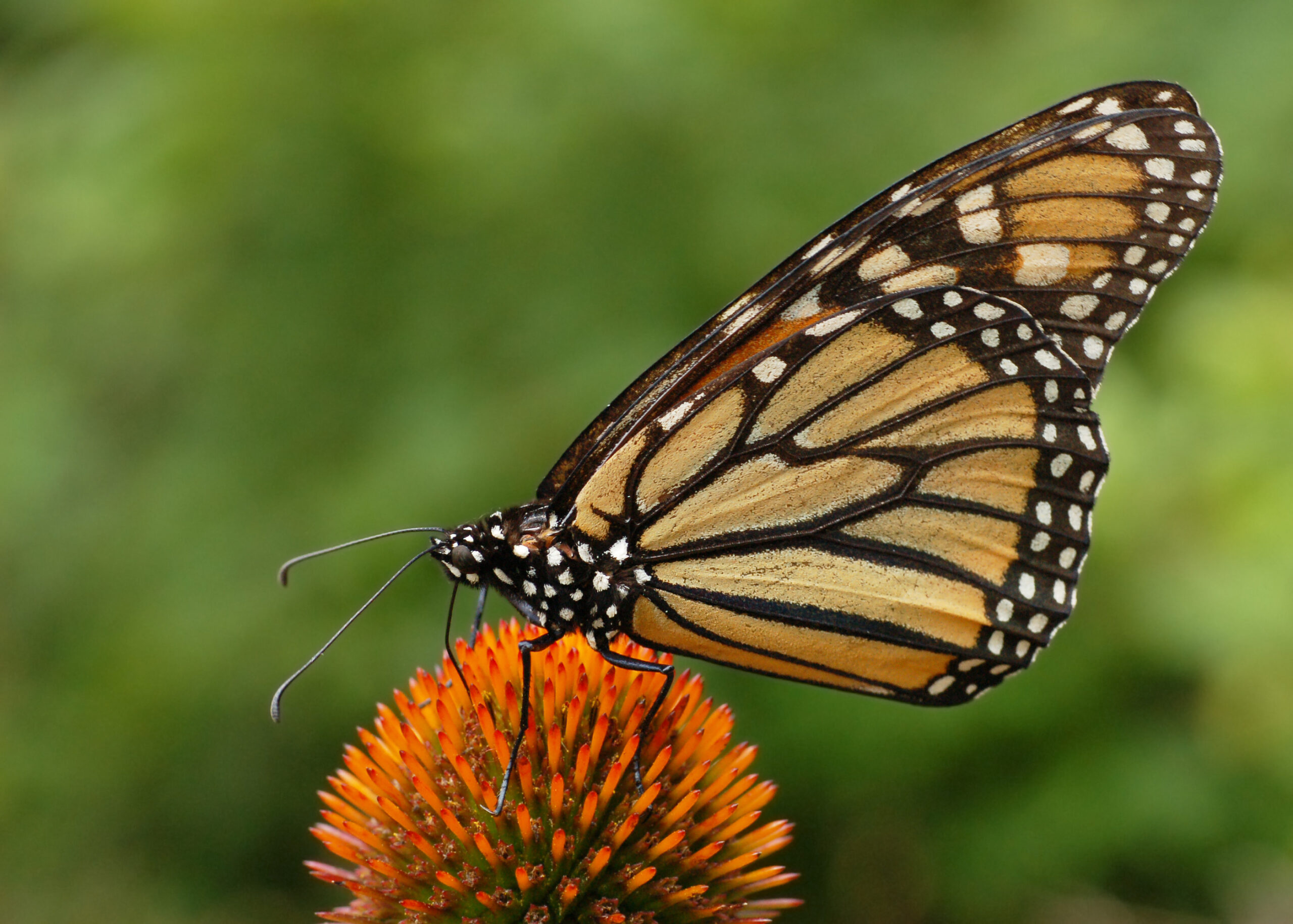Butterflies, often deemed the ethereal dancers of the insect realm, flit about our gardens and meadows, embodying both vibrancy and fragility. Their delicate wings, painted with intricate patterns and vivid hues, are not merely a visual delight; they serve as powerful indicators of our ecological health. Recently, a dedicated assembly of scientists undertook the formidable task of quantifying the current population of butterflies, a venture that not only sheds light on their status but also mirrors the intricate tapestry of our planet’s biodiversity.
In an increasingly mechanized world, where concrete jungles dominate the landscape, butterflies symbolize nature’s resilience and beauty. Yet, their existence hangs in a delicate balance, and recent research unveils a narrative of decline, reminiscent of a once-abundant performance drawing to a close. The alarming decrease in butterfly populations heralds a call to action, urging us to embrace a conservation ethos that underscores the interconnectedness of all living organisms.
The journey of estimating butterfly populations begins in lush meadows and sunlit groves, where meticulous observation and data gathering come into play. Scientists arm themselves with nets, not just to capture these enchanting creatures but to understand their behaviors and habitats. By employing methods ranging from transect walks—where researchers systematically count individuals along specific routes—to advanced genetic techniques that analyze and categorize species, the conservationists aim to piece together the vast mosaic of butterfly biodiversity.
Why is the count of butterflies significant, you may wonder? Much like the canary in a coal mine, butterflies act as bioindicators. They reflect the overall health of their ecosystems; their fluctuations in population can signal profound changes in environmental conditions. A diminishing number of these whimsical insects suggests a ripple effect, impacting other species and the ecological balance. It is as if the fabric of nature is fraying at the edges, threatening to unravel entirely.
Moreover, the plight of butterflies is emblematic of broader environmental issues. Climate change, habitat destruction, and pesticide usage form a triad of adversaries threatening these delicate fliers. With the planet warming, many species are forced to migrate or adapt to new ecosystems, often leading to population declines. The struggle of a monarch butterfly, valiantly journeying thousands of miles to find a cozy corner for winter hibernation, illustrates nature’s resilience, yet also its vulnerability.
Research initiatives reveal that over 17,000 species of butterflies exist globally, each with its own unique traits and habitat preferences. The elegance of the monarch butterfly, with its remarkable migration, is as profound as the surreptitious charm of the tiny blue butterfly, which may flit past unnoticed yet plays an essential role in its ecosystem. These species contribute not only to biodiversity but also to the intricate web of life, serving as pollinators for numerous plants, which in turn support other wildlife. In this grand performance, every butterfly, like every note in a symphony, is integral to the whole.
As scientists endeavor to catalogue these creatures, a growing number of conservation organizations are stepping up to the plate. Initiatives aimed at restoring butterfly habitats include planting native flora, reducing pesticide use, and creating butterfly gardens in urban areas. Engaging local communities is vital, for the nurturing of these delicate beings extends beyond the scientific realm—it calls for a communal effort to recognize and celebrate their intrinsic beauty. Imagine, schools teaching children not only about the life cycle of butterflies but also about their critical role in our ecosystem, fostering a generation that cherishes and protects these fragile wonders.
The allure of butterflies transcends their picturesque appearance. They embody transformation, emerging from humble caterpillars to radiant winged creatures. This metamorphosis serves as a poignant metaphor for renewal and resilience—a reminder that life can emerge from the shadows, regardless of the odds stacked against it. Building habitats for butterflies and engaging in conservation serves not just the butterflies themselves but enriches human existence, creating a harmonious coexistence where people and wildlife thrive together.
As we contemplate the future, the call to action is evident. Research findings that enumerate butterfly populations provide a window into the ecological challenges we face. Herein lies an opportunity: by mobilizing resources and elevating public awareness, societies can spearhead conservation movements. The plight of our beloved butterflies should inspire not only sympathy but also a movement—a collective effort to safeguard these ephemeral beings against the tides of change.
In conclusion, the journey of estimating butterfly populations is more than a scientific endeavor; it is a mirror held up to our ecological values. Each butterfly represents a piece of the intricate puzzle of life, encouraging humanity to foster a more sustainable environment. By championing conservation and dedicating ourselves to the stewardship of our natural world, we can ensure that the vibrant dance of butterflies continues—an everlasting spectacle for generations to come.
